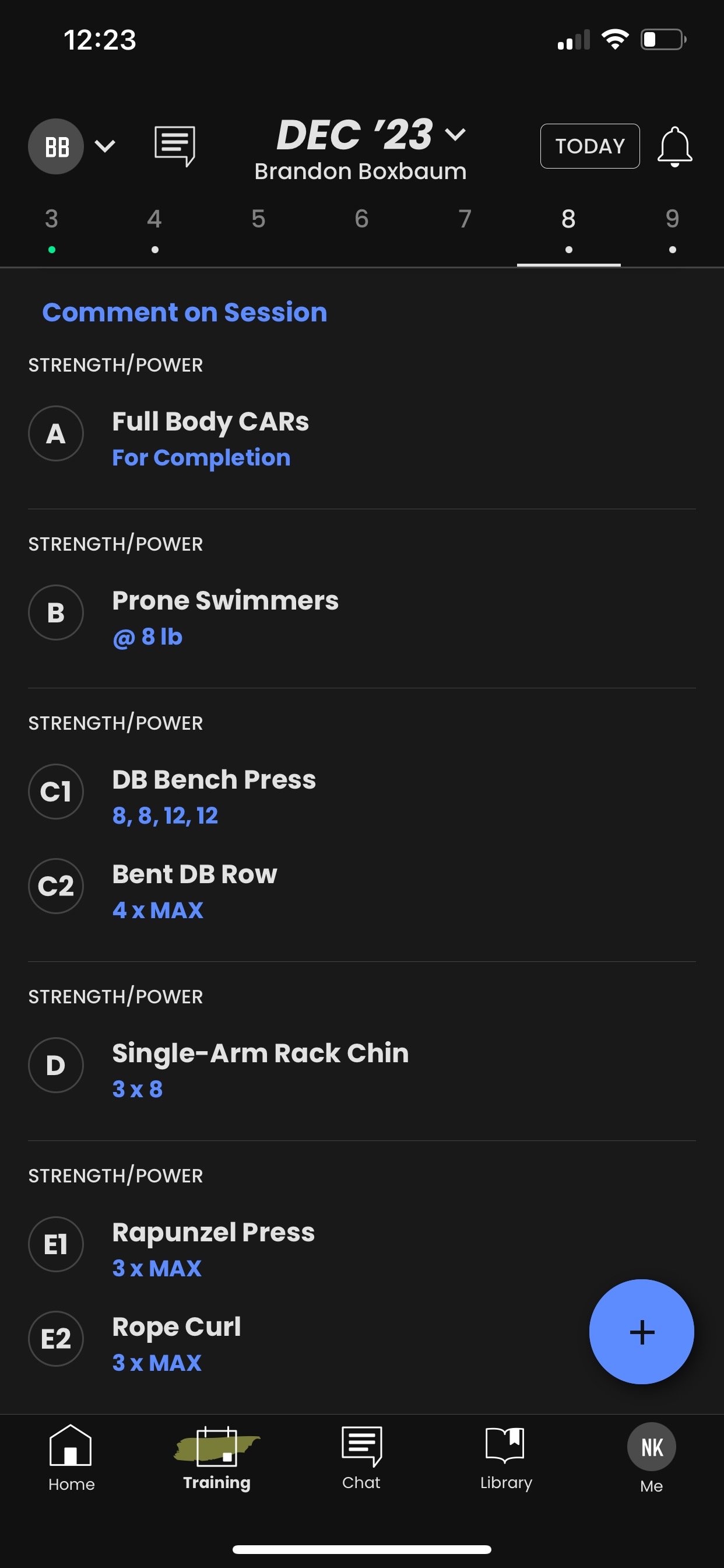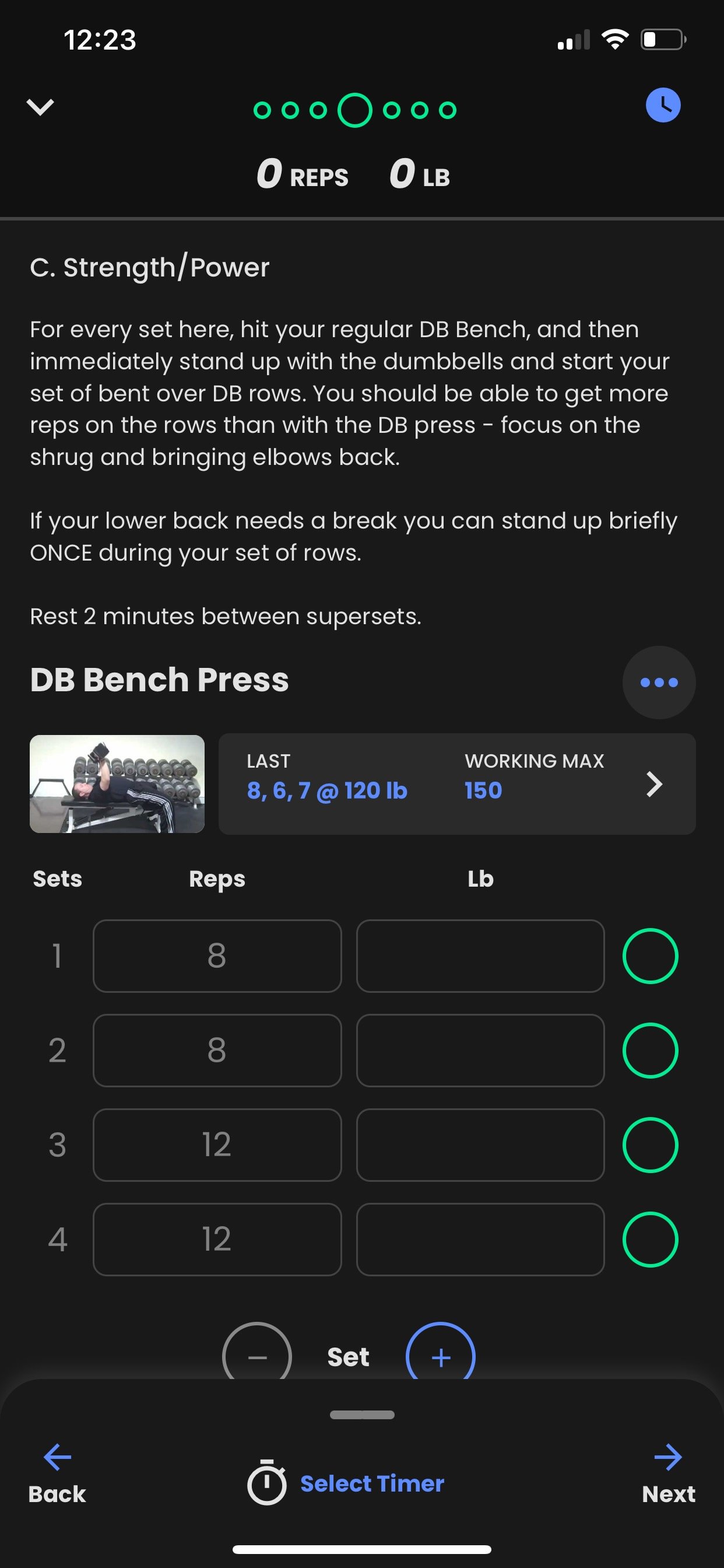Our Training Process:
Distance Training Edition
Our training always follows a process, whether you’re shooting for the Olympics or your first half marathon.
The process looks like this:
Information gathering
Programming
Training
Revision
Step 1: Information Gathering
Every training relationship should start with an in-depth conversation between coach and client. We’ll talk about your training goals, training and health history, some lifestyle questions, and most importantly the “why” behind your training. This is also where a lot of training logistics will be worked out. The perfect plan won’t work if you can’t execute on it.
Assessments are also part of information gathering - they tell us where we are to help us make sure we’re on the right path to get where we want to go.
We do assessments that cover the following:
Mobility - the passive and active range of motion of all involved joints needs to be assessed to ensure that the positions you expect to need are available to you.
Metabolic conditioning - many tests exist for the various types of “conditioning”, and a lot of the most popular ones can be run with minimal equipment. We try to run simple, less intense assessments for runners - you will never be asked to run to failure.
General health - things like resting HR, blood pressure, and oxygen saturation should all be in line, and likely are if you do a significant amount of running already. We assess general health to make sure we are prioritizing people before performance.
Strength - we rarely assess strength directly as these tests can be risky and require learning techniques, which takes time and energy away from training. Different limb lengths and individual mobility make comparing standardized lifts difficult anyway. Our assessment of strength will come primarily from conversations.
Step 2: Programming
Using the information gleaned from Step 1, your Coach will put together an outline of a training plan, and build your first cycle of workouts. The plan will fit not only your schedule, but you as a person - the type of workouts you like, dislike, and respond to best will all be considered when creating a plan.
We program through an app called TrainHeroic that delivers workouts directly to your phone. You can log your workouts through the app and your coach can see them, and review your completed workouts to measure your progress and provide feedback.
Step 3: Training
Training will consist of the following major components:
Energy systems/aerobic - this will consist of things you’re probably already quite familiar with - different types of runs, monostructural cardio, and interval training. The amount of energy system training will vary depending not just on your goals, but also where you are in your own training journey.
Tissue resiliency - this consists of lifts you may be familiar with, as well as some unorthodox training techniques all designed to build stronger tendons, muscles, ligaments, and joints that will support our training.
Mobility - we want to make sure that we have full control of all of the places our body goes, so that we’re never caught off guard and put in a position we can’t control. Mobility training will support the resiliency of our joints by giving us more movement flexibility when we need it.
Strength training - this will allow us to get the most out of the machinery your body already has, without adding too much muscle where you don’t need it.
The amount of each component will vary both between athletes, as well as within just one athlete’s training program based on where they are in the season and their current needs.
We don’t believe in doing any specific exercise “just cause” - everything you’re asked to do will directly relate to where you are right now, and your training goals.
Step 4: Revision
Core to our philosophy is that training needs to be adaptable because there is no “perfect solution” to answer the question “How do I prepare for XYZ?”
We adapt our training cycles based on the results of the previous training block - did things improve at the rate that we wanted? Did any specific exercises cause pain, or spark joy? How did running performance change?
Training cycles need to be adaptable on an individual level - you are not wrong if a training plan doesn’t work. It would be hubris to assume that any plan written by a human or computer would be perfect on the first try. The cyclical revision of our training plans is key to getting the best results for our clients without blowing up their joints.
If you’re interested in getting lost in the weeds, we have an in-depth blog post on endurance training. It goes into detail about why our process is the way it is, and what we consider when creating a training plan for an athlete.






